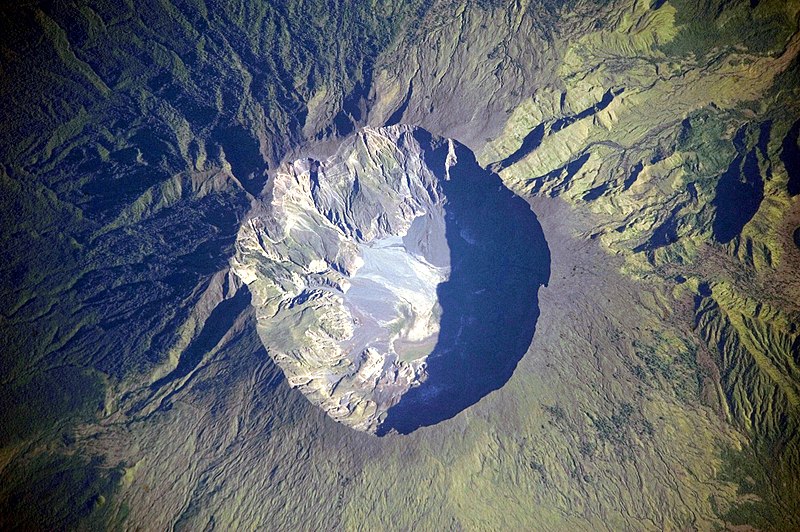Fichier:Mount Tambora Volcano, Sumbawa Island, Indonesia.jpg

Taille de cet aperçu : 800 × 532 pixels. Autres résolutions : 320 × 213 pixels | 640 × 425 pixels | 1 024 × 680 pixels | 1 280 × 851 pixels | 2 560 × 1 701 pixels | 4 256 × 2 828 pixels.
Fichier d’origine (4 256 × 2 828 pixels, taille du fichier : 2,29 Mio, type MIME : image/jpeg)
Historique du fichier
Cliquer sur une date et heure pour voir le fichier tel qu'il était à ce moment-là.
| Date et heure | Vignette | Dimensions | Utilisateur | Commentaire | |
|---|---|---|---|---|---|
| actuel | 24 février 2011 à 14:55 |  | 4 256 × 2 828 (2,29 Mio) | Originalwana | higher res |
| 15 avril 2010 à 19:37 |  | 1 440 × 960 (619 kio) | Rosenzweig | Reverted to version as of 11:04, 19 July 2009. Back to Commons version. | |
| 15 avril 2010 à 19:37 |  | 1 440 × 960 (459 kio) | Rosenzweig | different version from de.wp | |
| 19 juillet 2009 à 13:04 |  | 1 440 × 960 (619 kio) | Originalwana | {{Information |Description={{en|1=This detailed astronaut photograph depicts the summit caldera of the volcano. The huge caldera—6 kilometres in diameter and 1,100 meters deep—formed when Tambora’s estimated 4,000-meter-high peak was removed, and th |
Utilisation du fichier
Les 4 pages suivantes utilisent ce fichier :
Usage global du fichier
Les autres wikis suivants utilisent ce fichier :
- Utilisation sur af.wikipedia.org
- Utilisation sur ar.wikipedia.org
- Utilisation sur ast.wikipedia.org
- Utilisation sur ban.wikipedia.org
- Utilisation sur be.wikipedia.org
- Utilisation sur bn.wikipedia.org
- Utilisation sur ca.wikipedia.org
- Utilisation sur cs.wikipedia.org
- Utilisation sur da.wikipedia.org
- Utilisation sur de.wikipedia.org
- Utilisation sur en.wikipedia.org
- Utilisation sur en.wikiversity.org
- Utilisation sur en.wikivoyage.org
- Utilisation sur eo.wikipedia.org
- Utilisation sur es.wikipedia.org
- Utilisation sur fa.wikipedia.org
- Utilisation sur fr.wiktionary.org
- Utilisation sur gl.wikipedia.org
- Utilisation sur gor.wikipedia.org
- Utilisation sur he.wikipedia.org
- Utilisation sur hr.wikipedia.org
- Utilisation sur id.wikipedia.org
- Gunung Tambora
- Wikipedia:Hari ini dalam sejarah/April
- Wikipedia:Gambar pilihan/2011
- Wikipedia:Gambar pilihan/Usulan/2011/54 Intro
- Wikipedia:Gambar pilihan/54 2011
- Templat:Hari Ini Dalam Sejarah/April
- Wikipedia:Gambar pilihan/Tempat/Landskap
- Wikipedia:Arsip halaman utama/2023/04/10
- Wikipedia:Arsip halaman utama/2024/04/10
- Utilisation sur it.wikipedia.org
- Utilisation sur ja.wikipedia.org
- Utilisation sur ka.wikipedia.org
- Utilisation sur kk.wikipedia.org
- Utilisation sur mk.wikipedia.org
- Utilisation sur ro.wikipedia.org
- Utilisation sur ru.wikipedia.org
Voir davantage sur l’utilisation globale de ce fichier.


